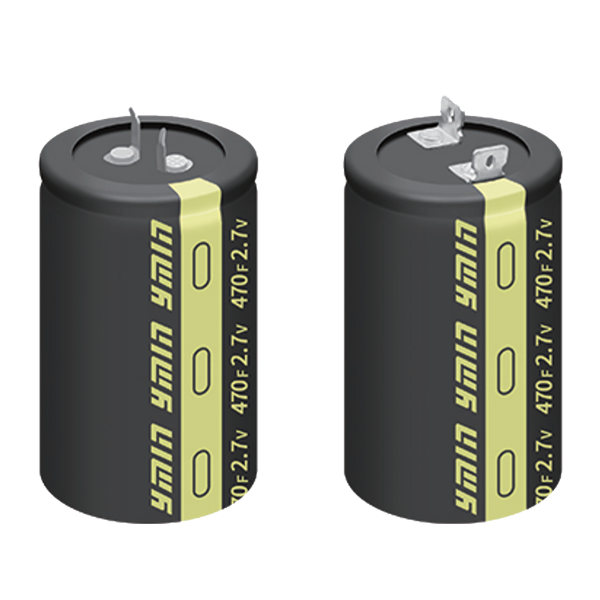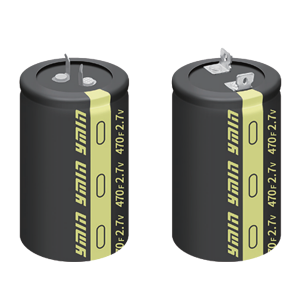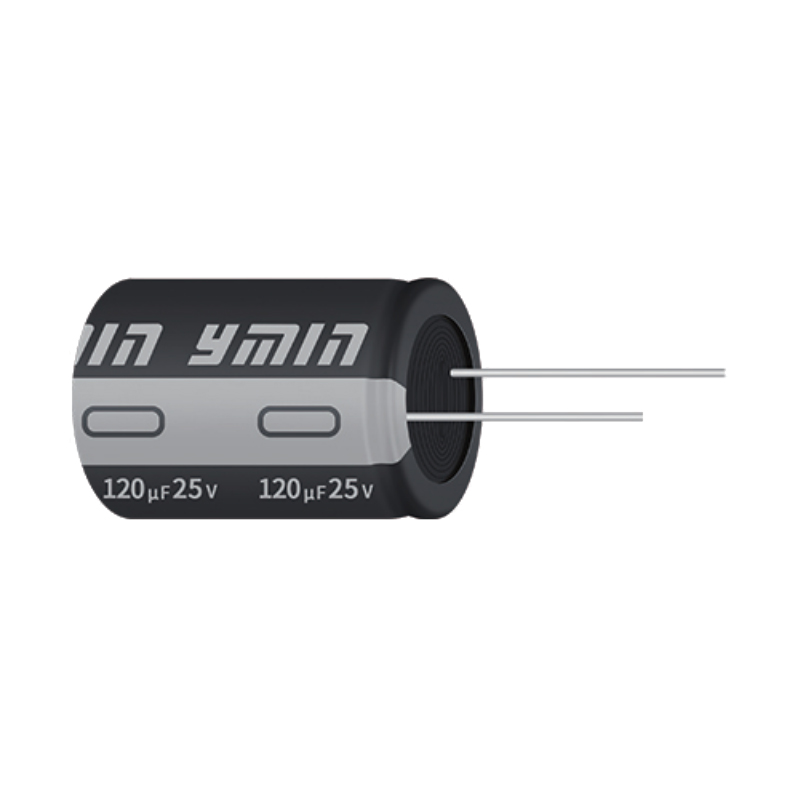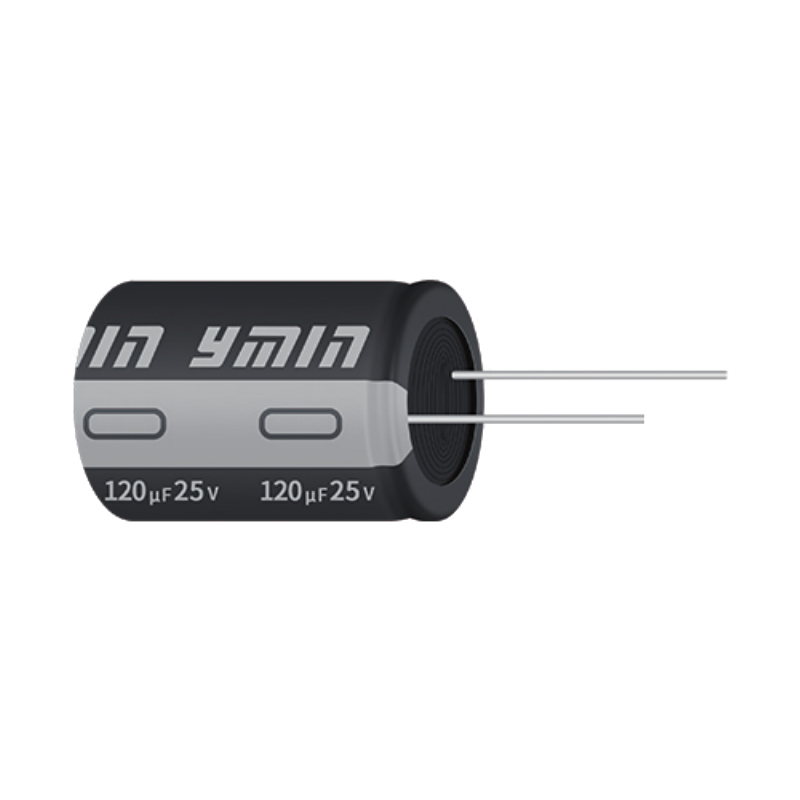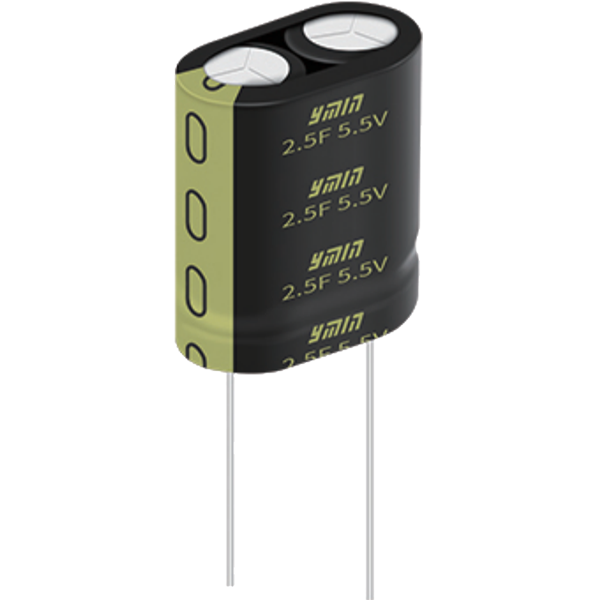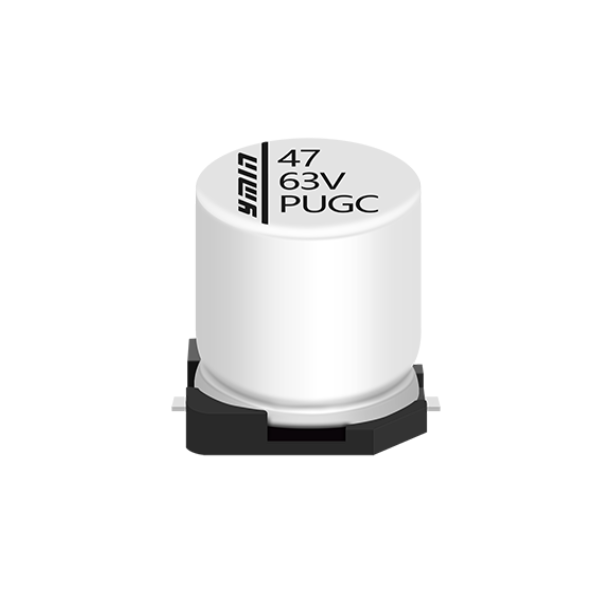Main Technical Parameters
| project | characteristic | ||
| temperature range | -40~+70℃ | ||
| Rated operating voltage | 2.7V、3.0V | ||
| Capacitance range | -10%~+30%(20℃) | ||
| temperature characteristics | Capacitance change rate | |△c/c(+20℃)≤30% | |
| ESR | Less than 4 times the specified value (in an environment of -25°C) | ||
| Durability | After continuously applying the rated voltage at +70°C for 1000 hours, when returning to 20°C for testing, the following items are met | ||
| Capacitance change rate | Within ±30% of initial value | ||
| ESR | Less than 4 times the initial standard value | ||
| High temperature storage characteristics | After 1000 hours without load at +70°C, when returning to 20°C for testing, the following items are met | ||
| Capacitance change rate | Within ±30% of initial value | ||
| ESR | Less than 4 times the initial standard value | ||
| Moisture resistance | After applying the rated voltage continuously for 500 hours at +25℃90%R.H, when returning to 20℃ for testing, the following items | ||
| Capacitance change rate | Within ±30% of initial value | ||
| ESR | Less than 3 times the initial standard value | ||
Product Dimensional Drawing
Unit:mm
Supercapacitors: Leaders in Future Energy Storage
Introduction:
Supercapacitors, also known as supercapacitors or electrochemical capacitors, are high-performance energy storage devices that differ significantly from traditional batteries and capacitors. They boast extremely high energy and power densities, rapid charge-discharge capabilities, long lifespans, and excellent cycle stability. At the core of supercapacitors lie the electric double-layer and the Helmholtz double-layer capacitance, which utilize charge storage at the electrode surface and ion movement in the electrolyte to store energy.
Advantages:
- High Energy Density: Supercapacitors offer higher energy density than traditional capacitors, enabling them to store more energy in a smaller volume, making them an ideal energy storage solution.
- High Power Density: Supercapacitors exhibit outstanding power density, capable of releasing large amounts of energy in a short time, suitable for high-power applications that require rapid charge-discharge cycles.
- Rapid Charge-Discharge: Compared to conventional batteries, supercapacitors feature faster charge-discharge rates, completing charging within seconds, making them suitable for applications that require frequent charging and discharging.
- Long Lifespan: Supercapacitors have a long cycle life, capable of undergoing tens of thousands of charge-discharge cycles without performance degradation, significantly extending their operational lifespan.
- Excellent Cycle Stability: Supercapacitors demonstrate excellent cycle stability, maintaining stable performance over prolonged periods of use, reducing the frequency of maintenance and replacement.
Applications:
- Energy Recovery and Storage Systems: Supercapacitors find extensive applications in energy recovery and storage systems, such as regenerative braking in electric vehicles, grid energy storage, and renewable energy storage.
- Power Assistance and Peak Power Compensation: Used to provide short-term high-power output, supercapacitors are employed in scenarios requiring rapid power delivery, such as starting large machinery, accelerating electric vehicles, and compensating for peak power demands.
- Consumer Electronics: Supercapacitors are used in electronic products for backup power, flashlights, and energy storage devices, providing rapid energy release and long-term backup power.
- Military Applications: In the military sector, supercapacitors are utilized in power assistance and energy storage systems for equipment such as submarines, ships, and fighter jets, providing stable and reliable energy support.
Conclusion:
As high-performance energy storage devices, supercapacitors offer advantages including high energy density, high power density, rapid charge-discharge capabilities, long lifespan, and excellent cycle stability. They are widely applied in energy recovery, power assistance, consumer electronics, and military sectors. With ongoing technological advancements and expanding application scenarios, supercapacitors are poised to lead the future of energy storage, driving energy transition and enhancing energy utilization efficiency.
| Products Number | Working temperature (℃) | Rated voltage (V.dc) | Capacitance (F) | Diameter D(mm) | Length L (mm) | ESR (mΩmax) | 72 hours leakage current (μA) | Life (hrs) |
| SDN2R7S1072245 | -40~70 | 2.7 | 100 | 22 | 45 | 12 | 160 | 1000 |
| SDN2R7S1672255 | -40~70 | 2.7 | 160 | 22 | 55 | 10 | 200 | 1000 |
| SDN2R7S1872550 | -40~70 | 2.7 | 180 | 25 | 50 | 8 | 220 | 1000 |
| SDN2R7S2073050 | -40~70 | 2.7 | 200 | 30 | 50 | 6 | 240 | 1000 |
| SDN2R7S2473050 | -40~70 | 2.7 | 240 | 30 | 50 | 6 | 260 | 1000 |
| SDN2R7S2573055 | -40~70 | 2.7 | 250 | 30 | 55 | 6 | 280 | 1000 |
| SDN2R7S3373055 | -40~70 | 2.7 | 330 | 30 | 55 | 4 | 320 | 1000 |
| SDN2R7S3673560 | -40~70 | 2.7 | 360 | 35 | 60 | 4 | 340 | 1000 |
| SDN2R7S4073560 | -40~70 | 2.7 | 400 | 35 | 60 | 3 | 400 | 1000 |
| SDN2R7S4773560 | -40~70 | 2.7 | 470 | 35 | 60 | 3 | 450 | 1000 |
| SDN2R7S5073565 | -40~70 | 2.7 | 500 | 35 | 65 | 3 | 500 | 1000 |
| SDN2R7S6073572 | -40~70 | 2.7 | 600 | 35 | 72 | 2.5 | 550 | 1000 |
| SDN3R0S1072245 | -40~65 | 3 | 100 | 22 | 45 | 12 | 160 | 1000 |
| SDN3R0S1672255 | -40~65 | 3 | 160 | 22 | 55 | 10 | 200 | 1000 |
| SDN3R0S1872550 | -40~65 | 3 | 180 | 25 | 50 | 8 | 220 | 1000 |
| SDN3R0S2073050 | -40~65 | 3 | 200 | 30 | 50 | 6 | 240 | 1000 |
| SDN3R0S2473050 | -40~65 | 3 | 240 | 30 | 50 | 6 | 260 | 1000 |
| SDN3R0S2573055 | -40~65 | 3 | 250 | 30 | 55 | 6 | 280 | 1000 |
| SDN3R0S3373055 | -40~65 | 3 | 330 | 30 | 55 | 4 | 320 | 1000 |
| SDN3R0S3673560 | -40~65 | 3 | 360 | 35 | 60 | 4 | 340 | 1000 |
| SDN3R0S4073560 | -40~65 | 3 | 400 | 35 | 60 | 3 | 400 | 1000 |
| SDN3R0S4773560 | -40~65 | 3 | 470 | 35 | 60 | 3 | 450 | 1000 |
| SDN3R0S5073565 | -40~65 | 3 | 500 | 35 | 65 | 3 | 500 | 1000 |
| SDN3R0S6073572 | -40~65 | 3 | 600 | 35 | 72 | 2.5 | 550 | 1000 |
